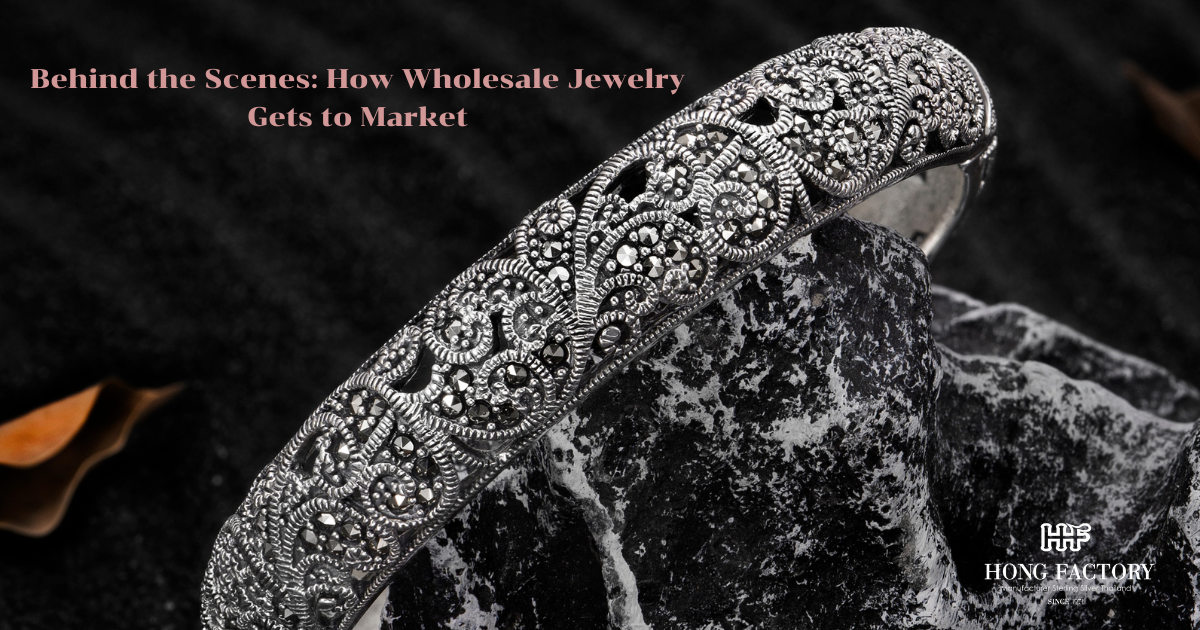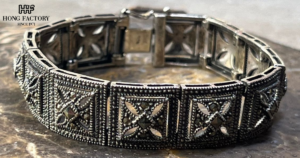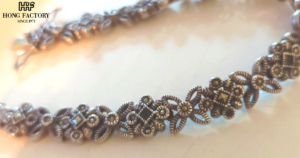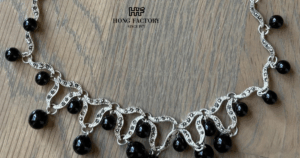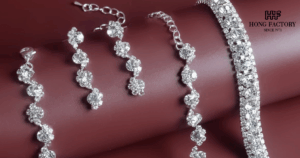Ever wondered how your favorite jewelry collections end up in boutiques, online stores, and shopping malls? Behind every sparkling display lies a complex, coordinated journey from raw material to retail-ready.
Understanding the wholesale jewelry supply chain not only demystifies the industry but also empowers retailers, designers, and consumers to make informed decisions. Let’s take a look behind the curtain and explore how wholesale jewelry gets to market.
Behind the Scenes: How Wholesale Jewelry Gets to Market
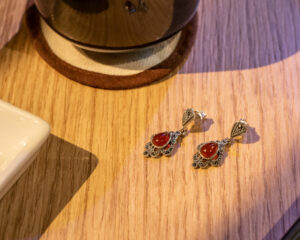
1. Design & Concept Development
Every jewelry piece starts with an idea. Designers sketch concepts or use CAD software to bring visual inspiration to life.
- Trends, seasonality, and market research guide design direction
- Collections are often planned months (or a year) in advance
- Prototypes may be created for review and refinement
The design phase sets the tone for branding, pricing, and audience targeting.
2. Material Sourcing
Manufacturers source materials like metals (silver, gold, brass), gemstones, pearls, and other decorative elements.
- Ethical and traceable sourcing is increasingly in demand
- Material availability and cost impact production timelines
- Recycled metals and lab-grown stones are gaining traction
The sourcing decision also affects certification options and brand positioning.
3. Sampling & Prototyping
Before full production begins, samples are made and reviewed.
- CAD files are turned into physical samples using 3D printing or traditional molding
- Samples are tested for size, finish, weight, and wearability
- Wholesale buyers may request custom adjustments or exclusives
This is a critical point for design validation and cost optimization.
4. Production & Assembly
Once samples are approved, production scales up.
- Jewelry is cast, cut, polished, and assembled—either by hand or semi-automated methods
- Stones are set, surfaces plated, and final quality control checks are done
- In marcasite jewelry, for example, each stone is set by hand with precision tools
High-volume manufacturers use detailed workflows and trained artisans to ensure consistency.

5. Quality Control & Inspection
Before leaving the factory, jewelry undergoes multiple inspections.
- Checks for defects in setting, plating, clasp function, etc.
- Ensures compliance with metal purity standards (e.g., 925 silver)
- Inspections may be internal or third-party certified
Quality assurance is especially crucial for luxury or export-bound orders.
6. Branding & Packaging
Jewelry is packaged for shipping and retail presentation.
- Private label clients may receive branded boxes, tags, and inserts
- Eco-friendly packaging options are becoming more common
- Some wholesalers offer drop-shipping with white-label services
Packaging not only protects the item but enhances its perceived value.
7. Wholesale Distribution
Finished products are now ready for wholesale sale.
- Jewelry is sold via trade shows, wholesale platforms (e.g., Faire, Joor), or direct outreach
- Minimum order quantities (MOQs) are set for different markets
- Buyers place bulk orders and arrange logistics based on lead times and shipping zones
Pricing structures often include volume discounts and tiered incentives.
8. Logistics & Delivery
After an order is confirmed, logistics teams coordinate packing and shipping.
- International shipping requires customs documentation and tariff classification
- Insurance and tracking are standard for larger shipments
- Warehousing and fulfillment services may be offered for global clients
Speed, accuracy, and communication are key to building retailer trust.
9. Retail Launch & Merchandising
Retailers receive inventory and prepare for the customer-facing launch.
- Products are added to e-commerce platforms or displayed in-store
- Visual merchandising, product photography, and copywriting enhance appeal
- Social media and influencer campaigns often accompany new drops
The presentation of jewelry impacts how quickly it moves and how it’s perceived.
10. Feedback & Reorders
After launch, performance data guides next steps.
- Retailers track best-sellers and customer feedback
- Strong performers are reordered or expanded into full collections
- Slow movers may be discounted, rebranded, or redesigned
Open communication between brands and retailers leads to better forecasting and product development.

From Workshop to Window
The journey of wholesale jewelry from concept to consumer involves collaboration, craftsmanship, and constant refinement. Brands that understand the behind-the-scenes process can better manage quality, timelines, and client relationships.
For retailers, appreciating this process builds respect for the craft and helps them tell the story behind each piece they sell. Because in jewelry, the sparkle you see is only the beginning of the story.
